In the vast expanse of the open ocean, where the horizon seems endless and the waves dance rhythmically, seafarers embark on a journey filled with challenges and adventures. While the allure of the sea is undeniable, safety remains paramount for those who dedicate their lives to a career at sea. This blog aims to shed light on the crucial aspects of safety at sea, offering valuable insights and tips for seafarers to navigate the waters with confidence.
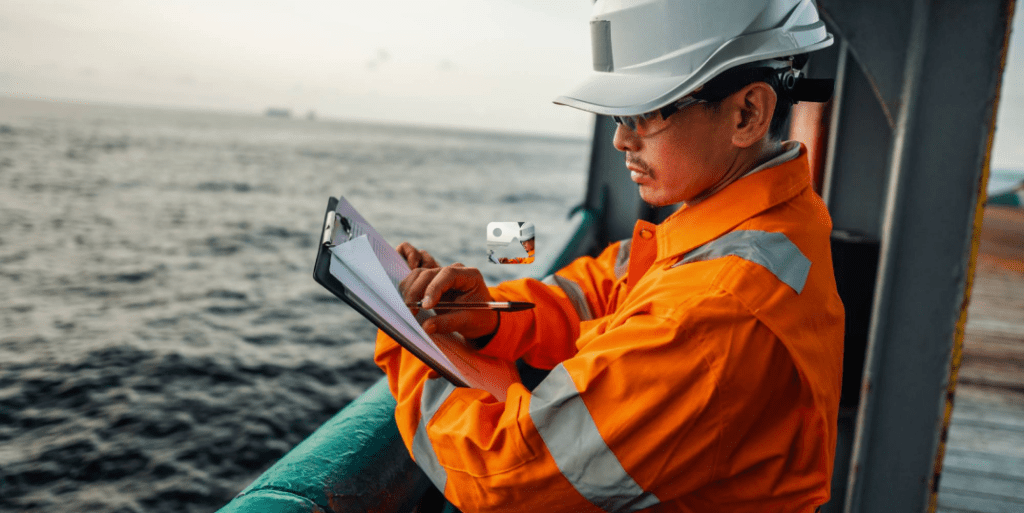
Vessel Inspection and Maintenance
Safety at sea begins with a well-maintained vessel. Regular inspections and maintenance checks are imperative to ensure that the ship’s machinery, navigation equipment, and safety systems are in optimal condition. Seafarers must be proactive in reporting any malfunctions or discrepancies to the ship’s officers to facilitate timely repairs.
Emergency Preparedness
Accidents can happen at any time, and preparedness is key to mitigating their impact. Seafarers should be well-versed in emergency procedures, including fire drills, abandon ship drills, and man overboard procedures. Familiarity with the location and proper usage of safety equipment, such as life jackets and lifeboats, is essential.
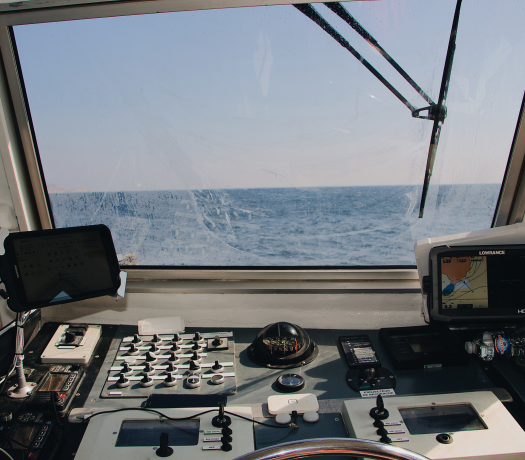
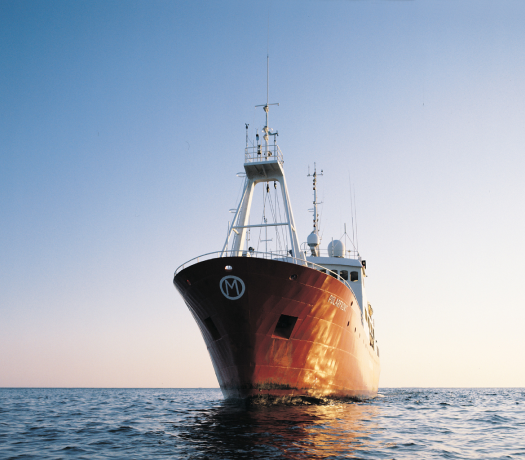
Weather Monitoring
The sea is a dynamic environment influenced by ever-changing weather conditions. Seafarers must stay informed about weather forecasts and be prepared to adjust their course or take preventive measures in the face of adverse conditions. Communication with onshore weather services is crucial for receiving timely updates.
Navigation and Collision Avoidance
Proper navigation is fundamental to the safety of a vessel. Seafarers should adhere to established maritime rules and guidelines to avoid collisions. The use of modern navigation equipment, such as GPS and radar, enhances situational awareness and aids in safe navigation.
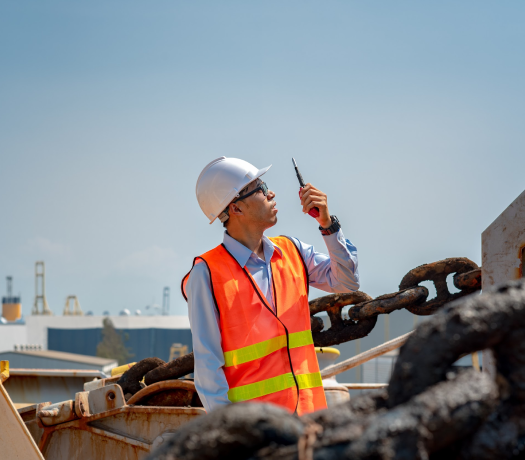
Personal Safety
Seafarers should prioritize their personal safety by following established safety protocols, wearing appropriate personal protective equipment (PPE), and maintaining a vigilant attitude. Adequate rest and regular health check-ups contribute to the overall well-being of the crew.
Security Measures
measures and participating in security drills are essential components of maintaining a secure environment at sea.
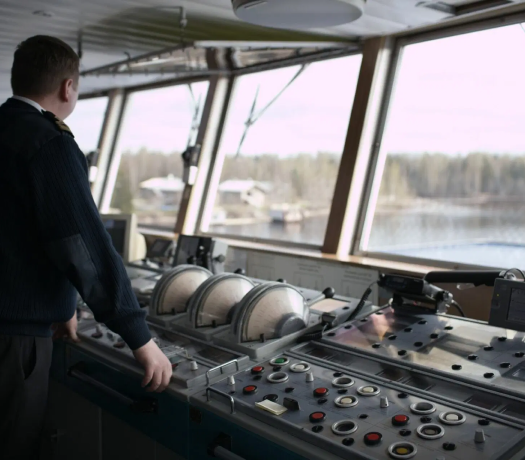
Conclusion
Embarking on a career at sea is a journey that requires not only skill and expertise but also a steadfast commitment to safety. By staying vigilant, well-prepared, and informed, seafarers can navigate the challenges of the open ocean with confidence, ensuring a safe and rewarding career at sea. As the waves carry them from port to port, a commitment to safety will be their guiding star on the vast maritime horizon.